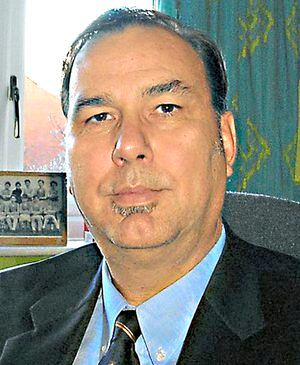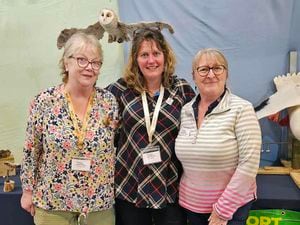Opportunities to create new woodland
Tree cover in the UK is woefully low at 12 per cent compared to other EU countries where the average is 37 per cent.

The Conservative manifesto promise to plant 11 million trees by 2020 is way off target. A recent report by the Forestry Commission found that less than 2.5 million trees have been planted since the pledge was made at the 2015 election.
However, with talk of a Common Countryside Policy replacing the more restrictive Common Agricultural Policy post-Brexit, forestry is now poised to take centre stage in shaping a future which better serves our rural areas and farming communities.
The Doddington private sector project is an exciting step forward to plant more than 600,000 trees on a 354 ha. site in Northumberland to create the largest private sector woodland in England for more than 20 years. It has just recently been approved after a laborious and lengthy Environmental Impact Assessment process. The project has a specific focus on extending the habitats favoured by red squirrels, helping to prevent future flood risks and providing timber for the future.
There are now a number of funding options available to help landowners plant new woodland on their land and increase woodland cover in England, while also helping them to diversify their businesses.
The Woodland Carbon Fund awards up to £6,800 per hectare to create new woodland or up to £8,500 per hectare if permissive access is provided across the woodland (dependent on its location). The minimum threshold for applications to the WCF has been reduced from 30 Ha. to 10 Ha. Also, there is a Woodland Creation grant under the Countryside Stewardship scheme. Again, grants of up to £6,800 per hectare are available to assist with planting.
In addition, there is now the HS2 Woodland Fund where eligible woodland owners and land managers within a 25 mile buffer in and around Phase One of the HS2 project can apply for capital grants for planting. Total payment per hectare for capital items is capped at £8,500 (gross) for native woodland creation and £4,000 (net) for PAWS restoration.
In addition, a 10-year maintenance payment is available, subject to eligibility, at £200 per hectare. Land planted as woodland under the HS2 Woodland Fund can also retain BPS payments subject to meeting eligibility requirements. Finally, planning a well-designed woodland of 10 Ha. or more is vital so there is a Woodland Creation Planning grant of £1,000 available that contributes towards the costs of gathering and analysing the information needed.
Martin B. Jones is a Chartered Forester and Managing Director of the Woodland Stewardship Company, a UK-wide forest management consultancy based in Shrewsbury





